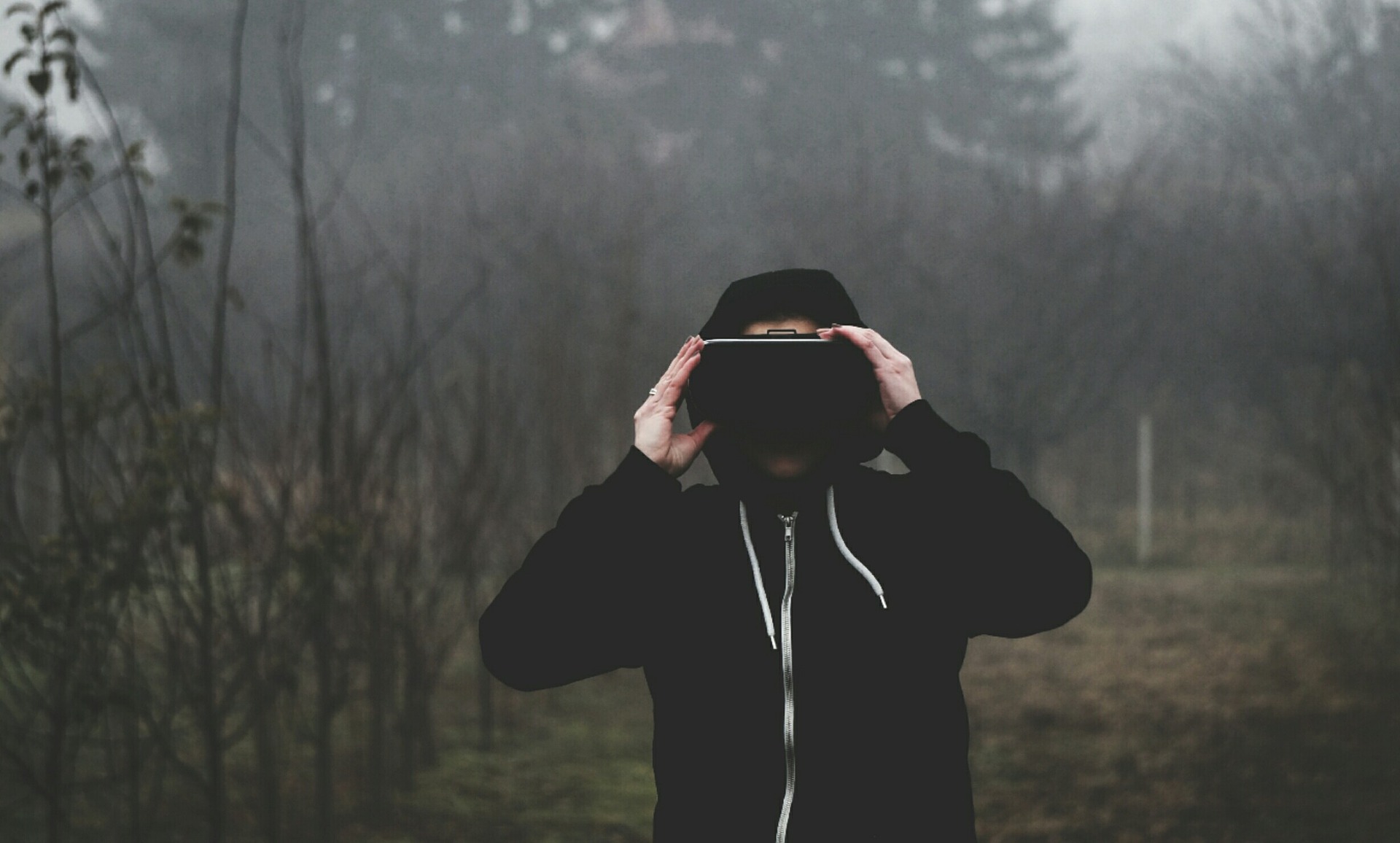Landscape Emulation and Locomotion Development through Virtual Reality
A system for generating a progressive representation associated with surjectively mapped virtual and physical reality image data.
Virtual reality (VR) creates an illusion for the user; typically it puts them in an artificially created world. VR may be achieved through stimulating senses that already occur in the user, such as sight and sound. The computer translates the actions of the user to affect the virtual environment they are in. Users are immersed into scenarios where they may not be physically able to be placed in such as a mountain terrain. However, a major limitation is an inability for the system to allow natural human locomotion such as moving joysticks or picking up an object. Another limitation is the motion axis; while using a treadmill, for example, users are unable to walk backwards, or even side to side.
The technology comprises a wearable communication device, an image capturing device, and a computing device which performs operations such as receiving virtual image data, with which users are able to experience real life terrain and natural movements. The physical image data from the capturing device displays all possible environments, while a wearable communication device displays sensor outputs to replicate physical touch and movement. For example, the border of a terrain may cause the wearing device to get substantially harder.
 Source: Pixabay/szfphy, https://pixabay.com/photos/virtual-reality-vr-goggles-men-s-1898441/, CC0.
Source: Pixabay/szfphy, https://pixabay.com/photos/virtual-reality-vr-goggles-men-s-1898441/, CC0.
-Allows natural and safe human locomotion within a circumscribed physical environment -Emulates motions which can lead to applications in the fields of physical therapy or military training -More accurate representation of landscape that can help with infrastructure and construction potentially
- Virtual reality - Consumer electronics - Software engineering - Physical therapy - Psychological treatment of phobias (e.g. fear of heights/flying) - Virtual reality exposure therapy - Military training - Training devices for pilots of various vehicles
Patent application submitted
[US-2019-0051051-A1](http://www.freepatentsonline.com/y2019/0051051.html)
Available for licensing. R-8825
Development partner,Commercial partner,Licensing
Patent Information:
| App Type |
Country |
Serial No. |
Patent No. |
Patent Status |
File Date |
Issued Date |
Expire Date |
|